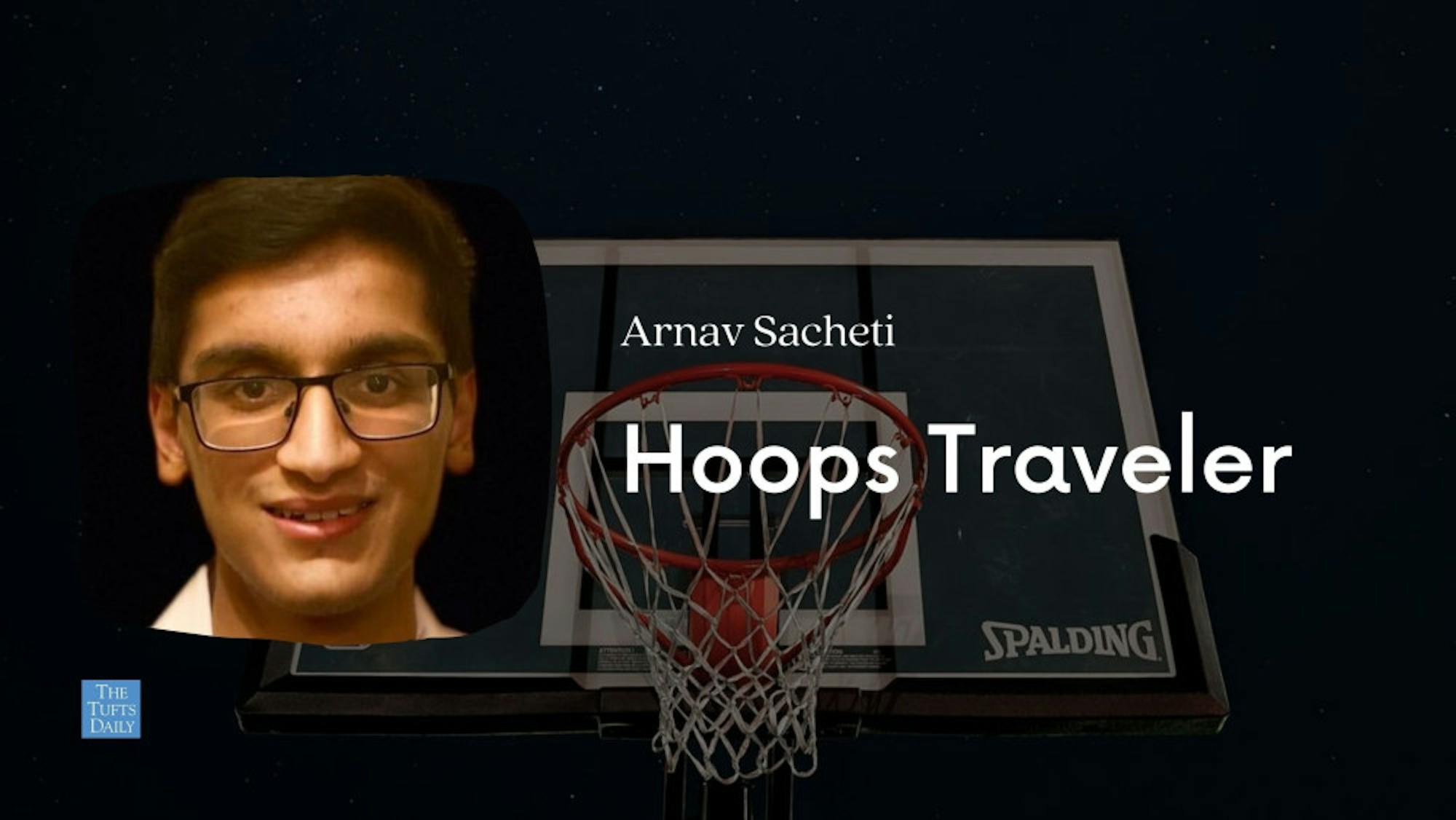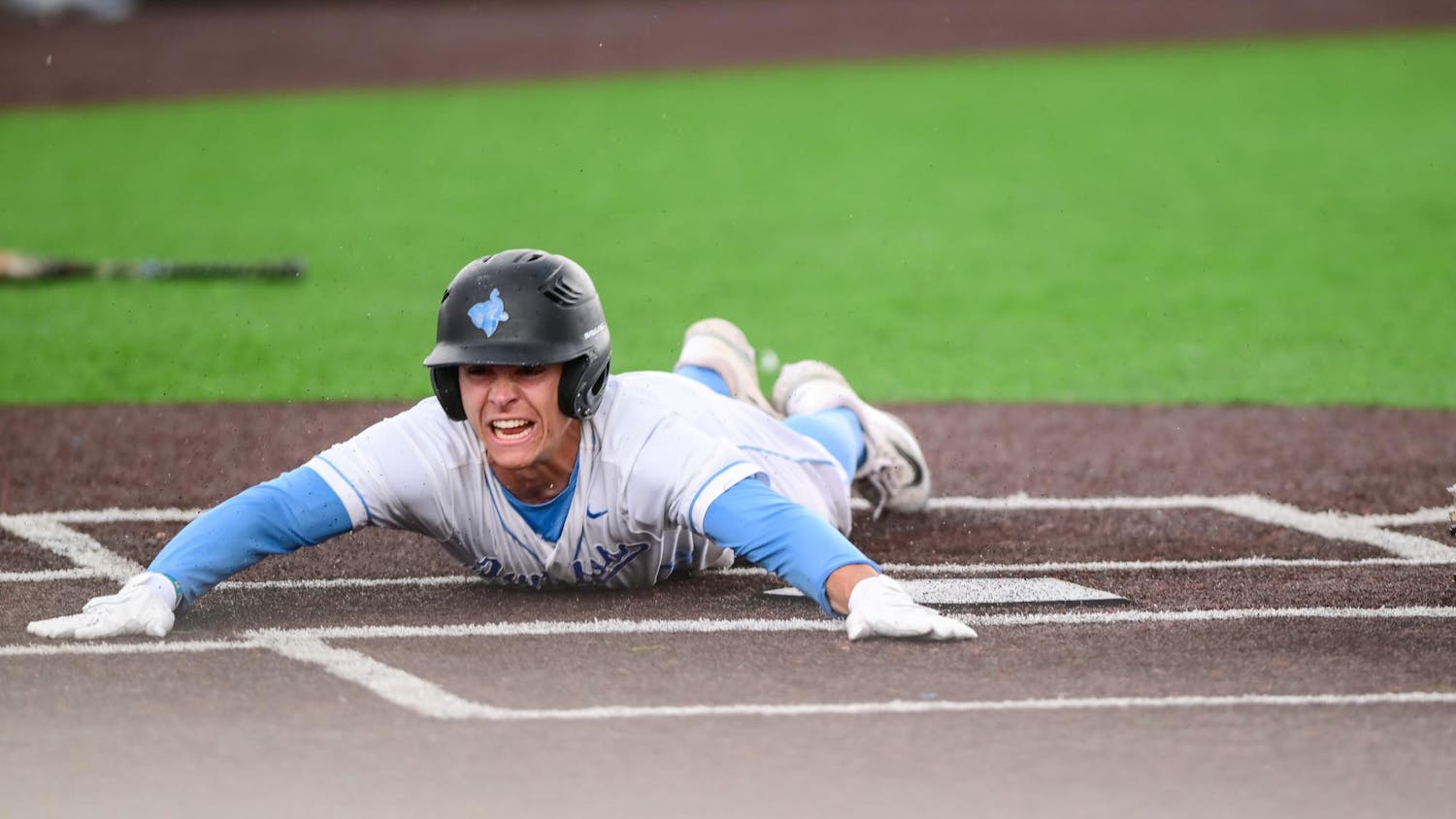This week, my travels take me to Spain — provided that I successfully cross the language barrier. My lack of soccer knowledge is compensated by my fascination with international basketball. Lucky for me, I quickly discovered that behind the iconic soccer franchise logos of FC Barcelona and Real Madrid rests an unexpected — yet powerful — non-soccer legacy.
These franchises have teams that also compete in the basketball league known as Liga ACB. The league is widely regarded as thesecond-most prestigious domestic basketball league in the world, behind the NBA. Although the league is certainly formidable in its own right, most players still have the ultimate dream of playing in the NBA; Liga ACB is seen as one of the best options to prepare for the NBA. Several NBA players got their professional basketball starts in Liga ACB, including current NBA superstar Luka Doncic, as well as Spanish basketball legends Marc andPau Gasol.
Much like the NBA, Liga ACB provides a professional competition setting, and can be more grueling than American college basketball. In addition, salaries are substantial and players have a large platform to build a brand. Basketball remains one of the most popular sports in Spain, second to soccer.
This combination of basketball popularity and athlete dedication is rare for a country outside of the United States, but it all stems from Spain’ssteady commitment to the sport and, in part, the success they have had on the international stage.
The Spanish men’s national basketball team has had a dominant stretch of success on the international stage, winning the World Cup in 2019 and the EuroBasket Championships in 2015. In total, they have 27 medals in their 86-year history in international competition. Their sustained success stems from a commitment to hard work and camaraderie which prioritizes the national pride of the sport and its players.
The big question looms though: Why is there so much passion for a sport that is not native to the country and is not viewed as particularly popular? For that, we need to take a small history lesson:
It all started with a priest from Barcelona named Eusebio Millan who was traveling in Cuba in the early 1920s. He noticed some people playing basketball, and he realized that it would be a perfect sport to play in Spain, especially due to the winter climate, which makes outdoor sports nearly impossible to play.
Much like with the story of the United States, Spain’s start in basketball came because of its ability to keep people active in the winter. Millan introduced the game at the school where he taught in Barcelona, and founded a team called Layetano.
Within just a few years, the strong regional passions that defined Spanish culture took on a new form through basketball battles between the Spanish-speaking Madrid and Catalan-speaking Catalonia. From there, the fan investment in the sport grew exponentially and has not subsided since.
But this shouldn’t be surprising. In a country where fans fawn over a ball that collides with a net, basketball appears to be no exception.






